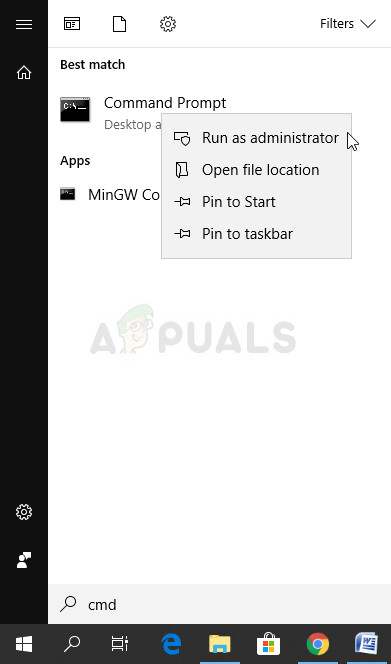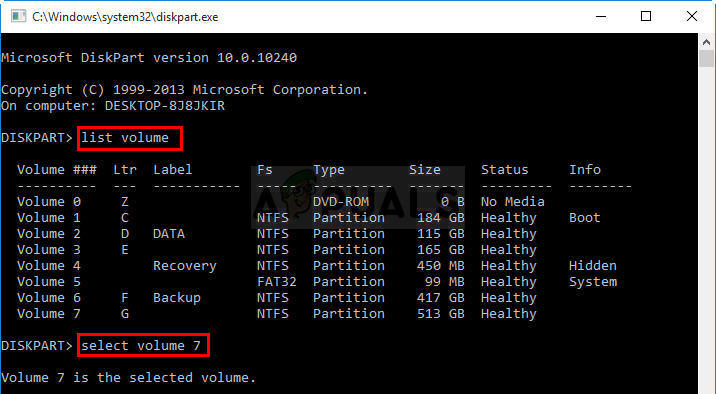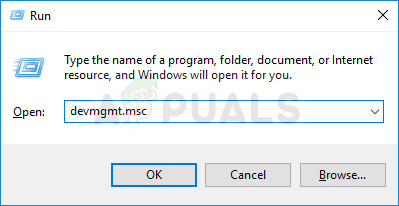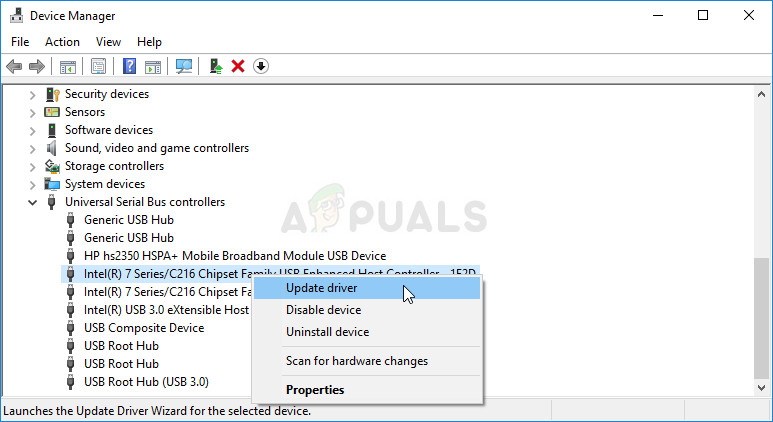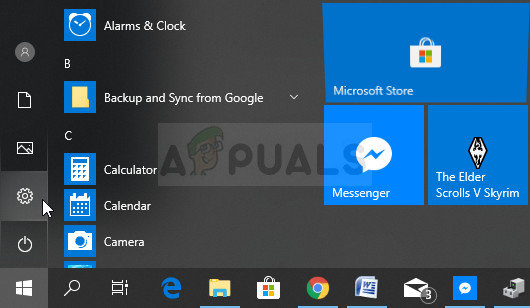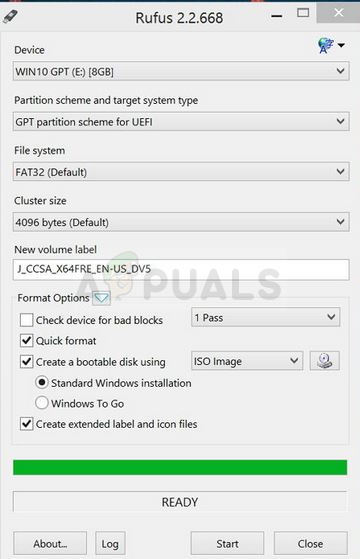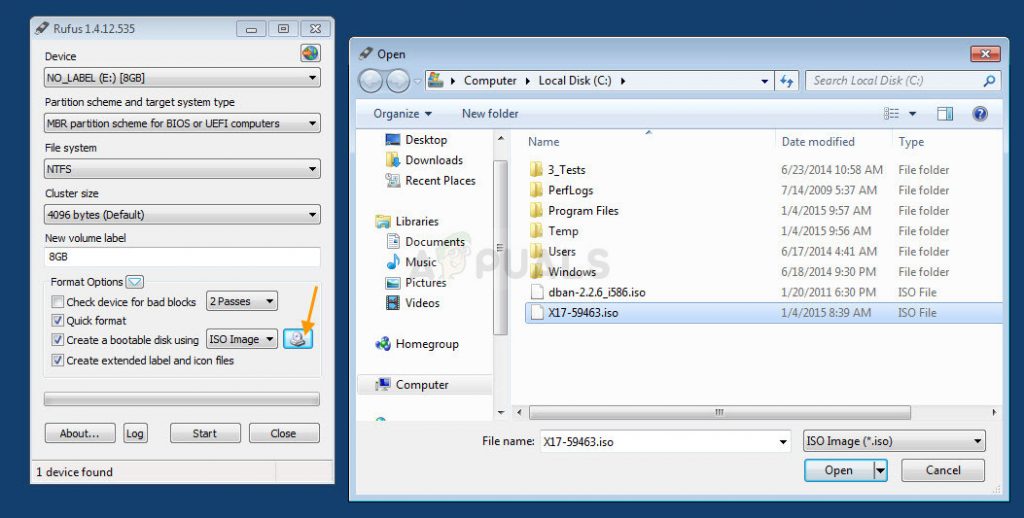The “We can’t find USB” error appears after you have already chosen that you want to use a USB device to create a Windows 10 ISO USB and you are now supposed to choose the USB for the installation. It appears that something might be wrong with the USB or the tool so you might want to check out the working methods we have prepared below!
Initial Preparation
This section is related to easy methods for specific scenarios which may solve your problems in no time or display a solution which can be universal to a group of users. Many users have reported that they experienced this issue exclusively with SanDisk USB drive. It seems that they were able to solve this problem simply by using a different USB device. The reason this is placed as the first solution is that you might not be able to solve this problem in any other way without replacing your USB drive. If you are not using a SanDisk USB drive, please check out the rest of our solutions below. Also, if you have a spare USB drive, when you see that your first USB drive (the one you want to use) is unrecognized in the Windows 10 ISO setup, plug in the second one. For some users, this actually helped and the second USB drive triggered the first one to appear as well!
Solution 1: Clean the USB Drive Using Diskpart
Diskpart is a tool built-into the Windows operating system which helps users manage disks and partitions installed on it. It can help you manage, rename, or format the drivers you have connected to your computer. You can use this tool easily to prepare your USB drive for the installation. The cleaning process is somewhat different than the usual formatting so we recommend you try out this method. However, you will have to be extremely careful when locating the name and the number next to your USB drive!
Note: If you are unsure about which drive number belongs to your USB device, the easiest way to do so is to check its size at the right pane. If your USB is, for example, 8GB, you will be able to see that its size is at least 6.5GB. This might do the trick for you, but it’s still recommended to format your drive using the usual method in Windows which is somewhat easier to accomplish using regular Windows tools. Follow the set of steps presented below in order to format your USB drive you want to use for Windows 10 ISO media.
Solution 2: Update Your USB Drivers
Sometimes there are issues with the ISO drive creation and the USB ports you have installed on your computer and you should definitely consider updating the drivers related to them as the concept of Windows 10 ISO is relatively new so your drivers should keep up.
Note: If you are using Windows 10 on your computer, latest drivers for built-in devices are often installed alongside cummulative Windows updates so make sure you keep your computer up to date at all costs. Windows Update is perfomed automatically on Windows 10 but you can check for new updates by following the instructions below for a new update.
Solution 3: Use Rufus to Create a Bootable Drive
Users have reported that, after failing to create a USB bootable device using any other method or solution, they have tried using a simple tool called Rufus. It can perform the same process easily and you won’t have to prolong the process. The only thing it lacks is beautiful design but that is probably not the point anyway.
How to Fix: Error Code 0X80072F8F - 0X20000 on Windows While Using Media…How to Fix Windows Media Creation Tool Error 0x80042405 - 0xA001B?FIX: Media Creation Tool Error 0x80070005 - 0x90002Fix: Media Creation Tool Error 0x80042405-0xa001a

